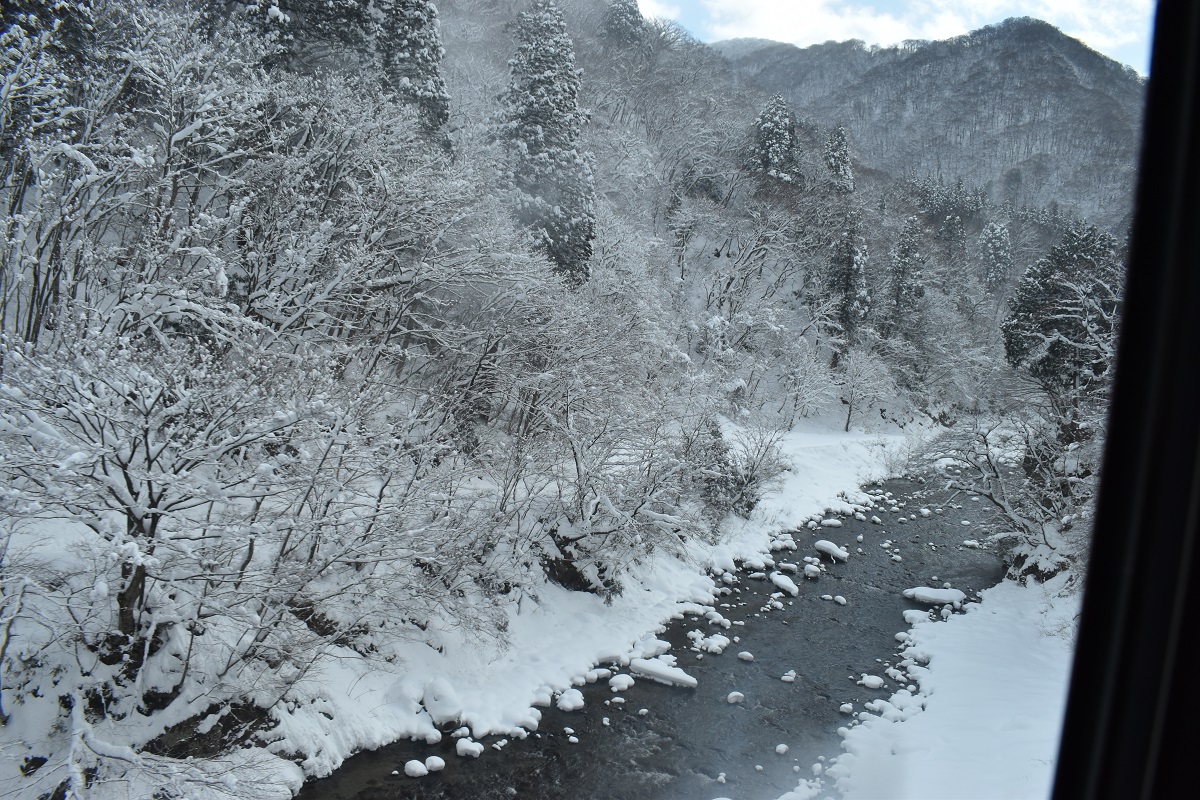Daizenji Temple is also called Grapes Temple. This is not because the priest is passionate about grape cultivation and wine making. It is said that during the Nara period, the monk Gyoki enshrined the Yakushi Sanzon holding a bunch of grapes that appeared in his dreams. In fact, the priest and temple officials grow grapes on the premises and set up tanks to make wine.


At the rest area with garden view, a glass of homemade (or sould I say “templemade”) wine is sold for 300 yen, and it comes with four delicious Koshu grapes as a snack, so it’s a good deal. I ended up buying a bottle(1800ml) of wine(Muscat Bailey A) as a souvenir.
Well, there are three elements that make this temple famous.
First, the Yakushi-do Hall and the Zushi that houses the Buddha statues are national treasures. The roof of Yakushido is made of cypress bark, and its curved shape is harmonious and beautiful. It was built during the Mongol invasion period of the Kamakura period, making it the oldest wooden structure in the Kanto region. In Kyoto, Senbon Shakado was built around the same time. The Nikko(sun) and Gakko(moon) Bodhisattvas and the 12 divine generals enshrined inside are very well-designed and give a sense of newness despite being old, but the story of the woman who explains them is too comical. I feel like it’s a bit of a mismatch.

Next, it is said that this was the temple where Katsuyori Takeda, who was defeated by the Oda army and headed for Mt. Tenmoku, stayed overnight praying for a counterattack. These records of Takeda’s demise remain in this temple.
Finally, at the end of the Edo period, the shogunate army and the Shinsengumi, who had a final battle with the new government army, established their tentative headquarter on the west side of Daizenji Temple to prevent the temple from being damaged by war.
The captain was Isamu Kondo, and the main gate of Daizenji Temple is depicted on the background of the nishiki-e(color print). The purpose of this battle was to seize Kofu Castle first and prevent the new government forces from invading Edo, but they were defeated by the new government forces led by Taisuke Itagaki. This was exactly the same history as when Katsuyori Takeda tried to reach Seiunji Temple for Reborn, but was preempted by the Oda army.

Detour
Speaking of food in Yamanashi, it’s “Houtou.”

It’s hard to tell how it’s different from udon, but the flour is kneaded without adding salt to keep it from becoming chewy, and then it’s cut up and simmered with vegetables without waiting too long. Therefore, some of the noodles will dissolve into the soup, creating a soup unique to “Houtou.”

Enjoy houtou at a house designated as a registered tangible cultural property. The house “Minaki” is an old Japanese zelkova house built in 1896.











































